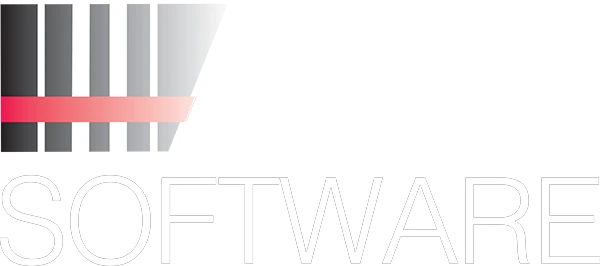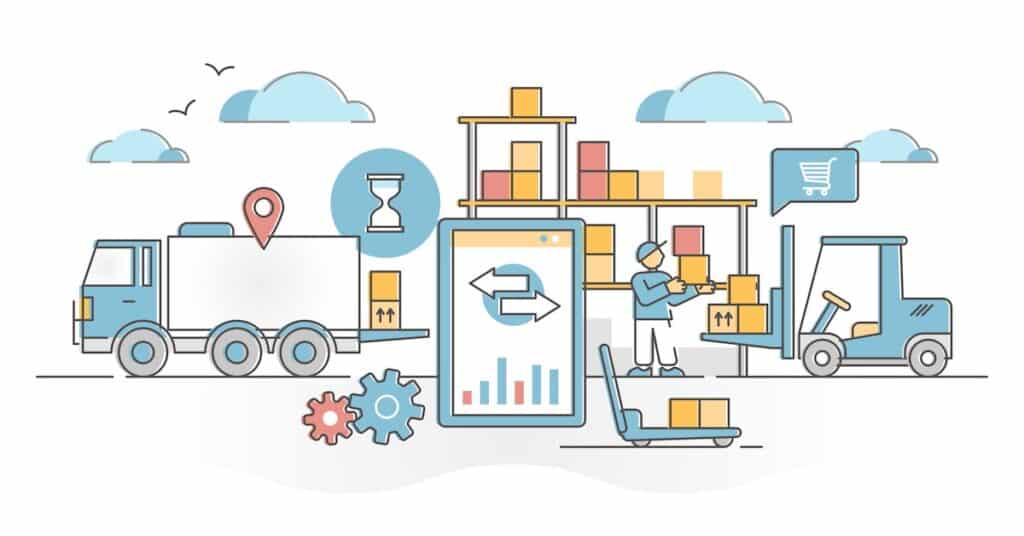In the dynamic world of supply chain management, the ability to forecast demand accurately is more than a skill – it’s a strategic imperative. Effective demand forecasting in supply chain management is the cornerstone of a resilient strategy, enabling businesses to navigate the complexities of market fluctuations, customer expectations, and inventory management with confidence.
This comprehensive guide delves deep into the nuances of demand planning and forecasting, offering actionable insights and best practices that are essential for supply chain professionals across industries. Whether you’re in pharmaceuticals, manufacturing, or retail, mastering demand forecasting is key to staying competitive and agile in today’s fast-paced market.
The Crucial Role of Demand Forecasting in Supply Chains
Demand forecasting is the heartbeat of supply chain management. It’s about predicting the future – understanding what your customers will need, when they will need it, and in what quantities. This foresight is crucial for several reasons:
- Inventory Optimization: Accurate forecasting helps maintain the delicate balance between overstocking, which ties up capital and storage space, and understocking, which leads to missed sales opportunities and dissatisfied customers.
- Cost Management: By predicting demand, businesses can optimize their purchasing and production schedules, reducing costs associated with rush orders, excess inventory, and storage.
- Customer Satisfaction: Being able to meet customer demand promptly and efficiently is key to building trust and loyalty.
- Risk Mitigation: In an uncertain world, demand forecasting is a tool for risk management, helping businesses prepare for and quickly adapt to disruptions like supply chain bottlenecks or sudden market changes.
Key Principles of Effective Demand Forecasting
1. Accurate Data Gathering and Analysis
The foundation of effective demand planning and forecasting is data – but not just any data. It needs to be accurate, relevant, and comprehensive. This includes historical sales data, market research, competitor analysis, and even broader economic indicators. The challenge is not only in gathering this data but in interpreting it correctly. For instance, a spike in sales might be due to a one-time event and not a long-term trend. Tools like ASC Software can help filter out the noise and identify true patterns and trends.
2. Market Trends and Consumer Behavior Insights
Understanding the market and consumer behavior is crucial for accurate demand forecasting. This means keeping a finger on the pulse of industry trends, seasonal fluctuations, and changing consumer preferences. For example, a growing trend in health consciousness might increase the demand for certain pharmaceutical products. Similarly, understanding how economic factors like a recession can affect consumer spending is vital. This level of insight allows businesses to anticipate changes in demand rather than just react to them.
3. Collaboration and Communication
Demand forecasting is not a siloed activity; it thrives on collaboration. Effective forecasting requires input from various departments – sales can provide insights on customer feedback and trends, marketing can share upcoming campaign details that might affect demand, and operations can offer real-time data on inventory and supply chain constraints. Regular meetings and open communication channels are essential to ensure that everyone is on the same page. Utilizing collaborative platforms and integrated software systems like ASC Software can facilitate this exchange of information, making the forecasting process more dynamic and accurate.
4. Technological Integration and Advanced Tools
In today’s tech-driven world, leveraging advanced forecasting tools is crucial. These tools can handle complex data sets and apply sophisticated algorithms to predict future demand more accurately. For instance, machine learning models can detect patterns that might not be apparent through traditional analysis. ASC Software, with its advanced analytics capabilities, can provide deep insights into demand trends, helping businesses make data-driven decisions. The key is to choose a tool that not only offers advanced features but also integrates seamlessly with your existing systems and workflows.
5. Continuous Review and Adaptation
The market is always changing, and so should your demand forecasts. Regularly reviewing and adjusting your forecasts ensures they remain relevant and accurate. This might mean adjusting for new product launches, changes in the competitive landscape, or unexpected shifts in consumer behavior. It’s about being agile and responsive. Tools like ASC Software can automate much of this process, providing alerts and insights that help businesses stay ahead of the curve.

Leveraging Demand Forecasting for Strategic Decision Making
Effective demand forecasting transcends its role as a mere tactical tool; it should be a strategic asset shaping critical decisions within your business. This process is central to navigating the complexities of the market and aligning your business strategies with evolving market demands.
Informing Your Expansion and Diversification
Accurate demand forecasting is crucial for identifying new market opportunities for your business. It guides you in deciding when to introduce new product lines, expand into new markets, or diversify your offerings. By anticipating market needs, your company can allocate resources more effectively, ensuring you capitalize on emerging opportunities.
Optimizing Your Supply Chain Operations
Demand forecasting plays a vital role in the optimization of your supply chain. It informs your decisions on production scaling, inventory management, and logistics planning. Utilize these insights to determine the best times to ramp up production, invest in new facilities, or adjust your supply chain strategies to meet anticipated demand.
Risk Management and Contingency Planning for Your Business
In an unpredictable business environment, demand forecasting is a key tool for your risk management. It enables your business to prepare for potential market disruptions, such as supply chain bottlenecks or sudden shifts in consumer behavior, ensuring you have robust contingency plans in place.
Guiding Resource Allocation and Investment
By accurately predicting future demand, your business can make informed decisions about where to allocate resources and investments. This foresight is invaluable in budgeting and financial planning, ensuring that your funds are directed towards areas that will drive growth and profitability.
Enhancing Customer Satisfaction and Loyalty
Efficiently and effectively meeting customer demand is crucial for building trust and loyalty. Demand forecasting empowers your business to ensure product availability, timely delivery, and responsive customer service, thereby enhancing the overall customer experience.
By embracing demand forecasting, your business can make strategic decisions that are not only reactive to current market conditions but also proactive in anticipating future trends and challenges. This approach positions your business for success in a competitive and ever-changing market landscape.
ASC Software’s Role in Enhancing Demand Forecasting
In the complex supply chain management arena, ASC Software emerges as a key enabler in refining demand forecasting. It’s not just about crunching numbers; it’s about transforming data into clarity and actionable insights. With its advanced analytics and intuitive interface, ASC Software offers a unique blend of precision and user-friendliness.
- Data-Driven Insights: Leveraging historical data and market trends, ASC Software helps businesses identify true demand patterns, filtering out anomalies and focusing on what matters.
- Collaborative Forecasting: By facilitating input from various departments, our software ensures a comprehensive view of the demand landscape, enhancing the accuracy of forecasts.
- Technological Sophistication: Equipped with advanced algorithms and machine learning models, ASC Software can predict future demand with greater accuracy, helping businesses stay ahead of market changes.
- Seamless Integration: Its ability to integrate seamlessly with existing systems makes ASC Software a versatile tool, enhancing the overall efficiency of the demand forecasting process.
- Agility and Responsiveness: The software supports continuous review and adaptation of forecasts, ensuring that businesses can quickly respond to new market developments or internal changes.
ASC Software is a pivotal tool in the supply chain landscape, empowering businesses to elevate their demand forecasting process and, in turn, their overall supply chain strategy.
Conclusion
Mastering demand forecasting in supply chain management is a journey toward greater operational excellence, customer satisfaction, and business growth. It requires a blend of accurate data analysis, market insight, technological integration, and strategic thinking. Tools like ASC Software play a crucial role in this process, offering the analytics, flexibility, and integration needed to make informed decisions.
In today’s fast-paced and ever-changing market landscape, the ability to accurately forecast and respond to demand is not just a competitive advantage – it’s a necessity. By embracing advanced demand forecasting practices and tools, businesses can navigate market complexities with confidence and agility, positioning themselves for long-term success.
Ready to Transform Your Demand Forecasting?
Elevate your supply chain strategy with ASC Software. Discover how our advanced forecasting tools can empower your business to make data-driven decisions, optimize operations, and stay ahead in a competitive market.
Explore ASC Software Today – Unleash the full potential of your supply chain.
Related Articles:
How To Leverage Demand Planning For Better Inventory Control




